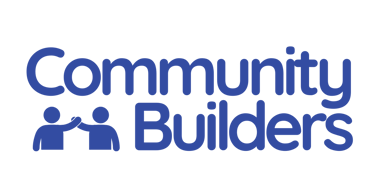How to Kickstart a Thriving Online Community from Scratch
Starting a new community can feel overwhelming. Where do you begin? Who should you invite first? How do you make sure it doesn’t fizzle out? The truth is, most communities fail not because the idea was bad, but because the foundations weren’t solid. Here’s a step-by-step guide to setting yourself up for success, with examples from how we’re building Community Builders.
9/3/20252 min read


1. Define your purpose clearly
Why does your community exist? What problem does it solve for members? A clear mission keeps your efforts focused.
For example, Community Builders exists to help community professionals create, build, and improve their communities through resources, content, and networking. Everything we release or publish keeps this mission in mind — if it doesn’t serve that purpose, it’s a waste of everyone’s time. That clarity makes it much easier to decide what events to run, what blogs to write, and what conversations to encourage.
2. Identify your audience
A community without a defined audience is just a vague idea. Be specific: who are you trying to reach? What stage of the journey are they in?
For Community Builders, our target audience is community managers, strategists, and creators — from people running small grassroots groups to those managing large professional networks. By narrowing down, we’re able to create content (like this blog) that speaks directly to real needs, instead of trying to appeal to everyone.
3. Choose the right platform
Different audiences live in different digital spaces. Slack, Discord, LinkedIn Groups, or a custom forum all have strengths and weaknesses. Choose one that matches your members’ habits.
At Community Builders, we’re using a mix: a private LinkedIn group for networking, a public LinkedIn page and TikTok for reach, and soon a custom forum (via Indigo) for deeper, structured conversations. The platform choice isn’t random — it’s built around where our members already are.
4. Seed your community with content
The early days are the hardest. People won’t post if the space feels empty. Create content before you invite members: guides, prompts, polls, and discussions.
We seeded Community Builders with practical resources (like how-to blogs and shortform advice on socials), as well as prompts that encourage members to introduce themselves and share challenges. That way, the first members who join don’t see a ghost town — they see a conversation already happening.
5. Engage early members personally
Your first members will set the tone. Welcome them personally, respond to their posts, and show that you value their input.
At Community Builders, we make a point of asking new members to introduce themselves and share one thing they need help with. We respond directly, connect them with others, and spotlight their contributions. That personal attention doesn’t scale forever, but it’s essential in the beginning.
6. Set rules & culture early
Culture is shaped in the first 50–100 members. Be intentional: write clear guidelines, model the behavior you want, and step in quickly if needed.
For Community Builders, we emphasize respect, collaboration, and usefulness. No spam, no self-promotion for the sake of it — just real support and shared learning. Those rules aren’t there to limit people, but to create a space where busy professionals know their time won’t be wasted.
Pro tip: Think of your early community like a dinner party. If the host is welcoming, the food (content) is on the table, and the guests know why they’re there, it sets the stage for long-term success.
